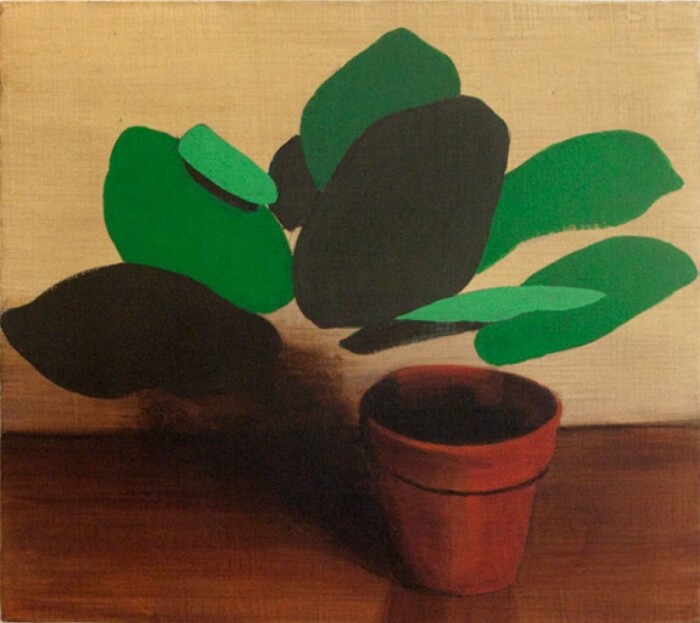1. The reverse gravure printing ink is as
thin as water, and the book printing technique is the key. When the printing speed is slow, on the one hand, the reverse
gravure printing ink as thin as water will leak down the screen. On the other
hand, the reverse gravure printing ink is easy to absorb water in the air, and
the mirror effect after printing is not good. Therefore, when printing, the
reverse gravure printing ink must be continuously and rapidly printed after
pouring into the screen, In order to complete the smooth printing, that is, the
speed of checking the work piece while printing will affect the printing
effect, such as blocking the screen, ink printing, slagging on the screen, etc.
 2. Screen tension slightly lower, net
distance is also closer, and appropriate to reduce the pressure of the scraper,
otherwise it will destroy the formation of mirror reflection effect.
2. Screen tension slightly lower, net
distance is also closer, and appropriate to reduce the pressure of the scraper,
otherwise it will destroy the formation of mirror reflection effect.
3. The mirror reflection effect of reverse
gravure printing ink is related to the drying method. As far as the mirror
effect is concerned, natural drying is not as good as heating drying. It is
necessary to keep the heating temperature and drying time consistent, otherwise
the mirror performance and color saturation will be different.
4. When printing reverse gravure ink in book printing process, the environment
temperature and humidity is very important, because the ink is easy to dry on
the screen, so it can not be used in the air circulation, otherwise it is very
easy to block the screen, when the air humidity is high, the mirror effect is
poor, therefore, try to avoid air flow and humidity.
5. In mechanical printing, the ink return
knife should not be made of hard aluminum or stainless steel. Instead, the glue
ink return knife should be used to ensure that the reverse gravure ink is
evenly coated and the mirror effect is consistent.
6. The reverse
gravure ink must be fully stirred before use, so that its aluminum powder and
resin should be fully mixed evenly to ensure the appearance of mirror effect,
otherwise, it will affect the production of mirror effect.